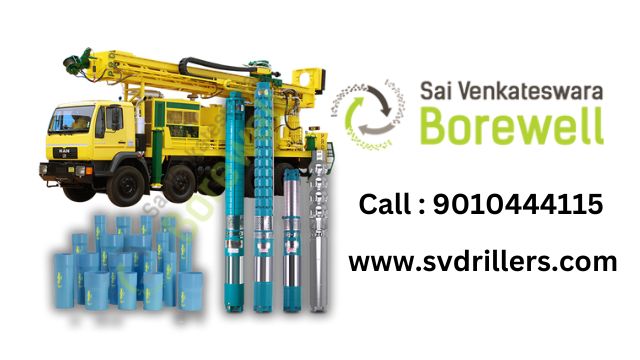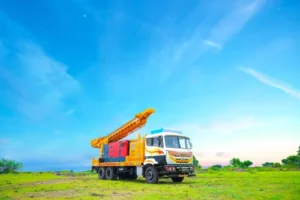🏆 Introduction: The Vital Role of Ground Water Sources
In an era of increasing water scarcity, unlocking the secrets of ground water sources is key to achieving sustainable living. Whether you’re a homeowner, farmer, or environmental enthusiast, understanding how to harness and conserve groundwater can ensure a reliable water supply for years to come.
With depleting surface water reserves, ground water sources have become indispensable for drinking, irrigation, and industrial use. But how do these underground reservoirs work? How can we extract them responsibly? This comprehensive guide explores the hidden world of ground water sources, offering actionable insights to help you make informed decisions.
🌍 What Are Ground Water Sources?
Ground water sources refer to water stored beneath the Earth’s surface in porous rock formations known as aquifers. Unlike surface water (rivers, lakes), groundwater travels slowly through sediment and rock, making it a stable yet finite resource.
Key Characteristics of Ground Water Sources:
✔ Natural filtration – Layers of soil and rock purify water naturally.
✔ Slow recharge rate – Takes years to replenish fully.
✔ Vulnerability to contamination – Pollutants seep through soil over time.
For a detailed guide on borewell installation, check our step-by-step breakdown.
🔍 How Do Ground Water Sources Work?
Understanding the mechanics of ground water sources helps in sustainable extraction:
- Aquifers – Permeable rocks like sandstone store large volumes of water.
- Recharge Zones – Areas where rainwater percolates into the ground.
- Wells & Borewells – Extraction points that draw water from underground.
To protect ground water sources, monitoring usage and implementing recharge techniques like rainwater harvesting is essential.
⚙️ Best Practices for Sustainable Ground Water Management
1. Rainwater Harvesting
✔ Directs rainwater into recharge pits to replenish aquifers.
✔ Reduces dependency on external ground water sources.
2. Efficient Borewell Drilling
✔ Hire experts for borewell installation to avoid aquifer depletion.
✔ Regularly test water quality to prevent contamination.
3. Smart Irrigation Techniques
✔ Drip irrigation reduces water wastage.
✔ Moisture sensors optimize usage based on soil needs.
For professional water well drilling services, consult industry leaders like SV Drillers.
💡 Frequently Asked Questions (FAQ)
Q1: What is the difference between groundwater and surface water?
A: Groundwater is stored underground in aquifers, while surface water is found in rivers, lakes, and reservoirs.
Q2: How can I check if my land has adequate ground water sources?
A: Conduct a hydrogeological survey or consult experts for borewell drilling feasibility checks.
Q3: Are ground water sources safe for drinking?
A: Yes, but testing for contaminants like nitrates and heavy metals is recommended.
Q4: How long does a borewell last?
A: With proper maintenance, a borewell can last 20–30 years.
Q5: What steps can I take to prevent groundwater depletion?
A: Implement rainwater harvesting, minimize wastage, and monitor extraction rates.
🚀 Conclusion & Call to Action
Harnessing ground water sources sustainably ensures long-term water security. From intelligent extraction methods to conservation strategies, small changes today can safeguard our water future.
🚀 Need expert help?
📞 Call us today at +91 9010444115
🌐 Visit SV Drillers for a free consultation!
📋 Keyword & URL List
🔹 Ground water sources – https://svdrillers.com/ground-water-sources
🔹 Borewell installation – https://svdrillers.com/borewell-installation-in-beeramguda
🔹 Rainwater harvesting – https://svdrillers.com/rainwater-harvesting
🔹 Aquifer recharge – https://svdrillers.com/aquifer-recharge-methods
For top-tier digital solutions, partner with Vebnox, a leading web design and marketing agency.
By following this guide, you’re now equipped to explore and sustainably manage ground water sources effectively. 🌱💧



